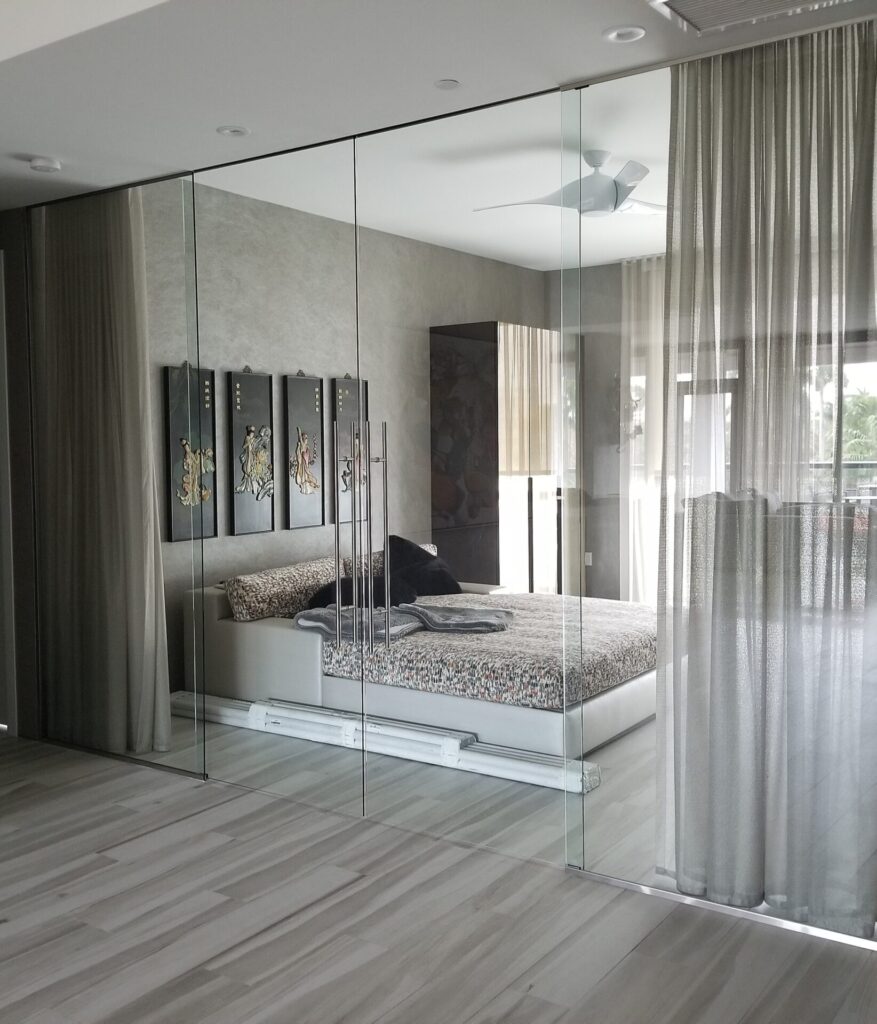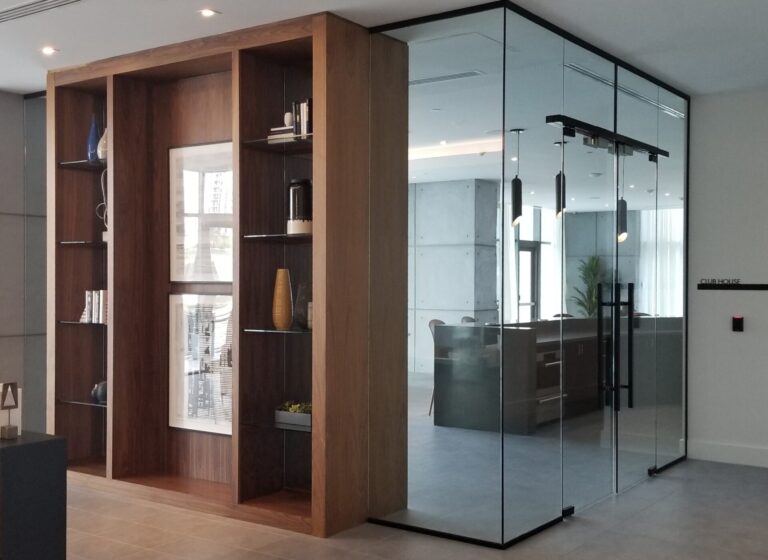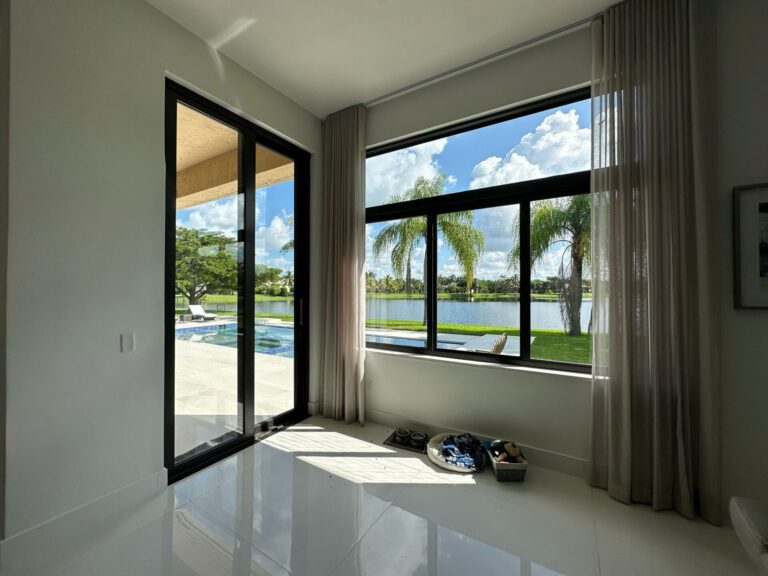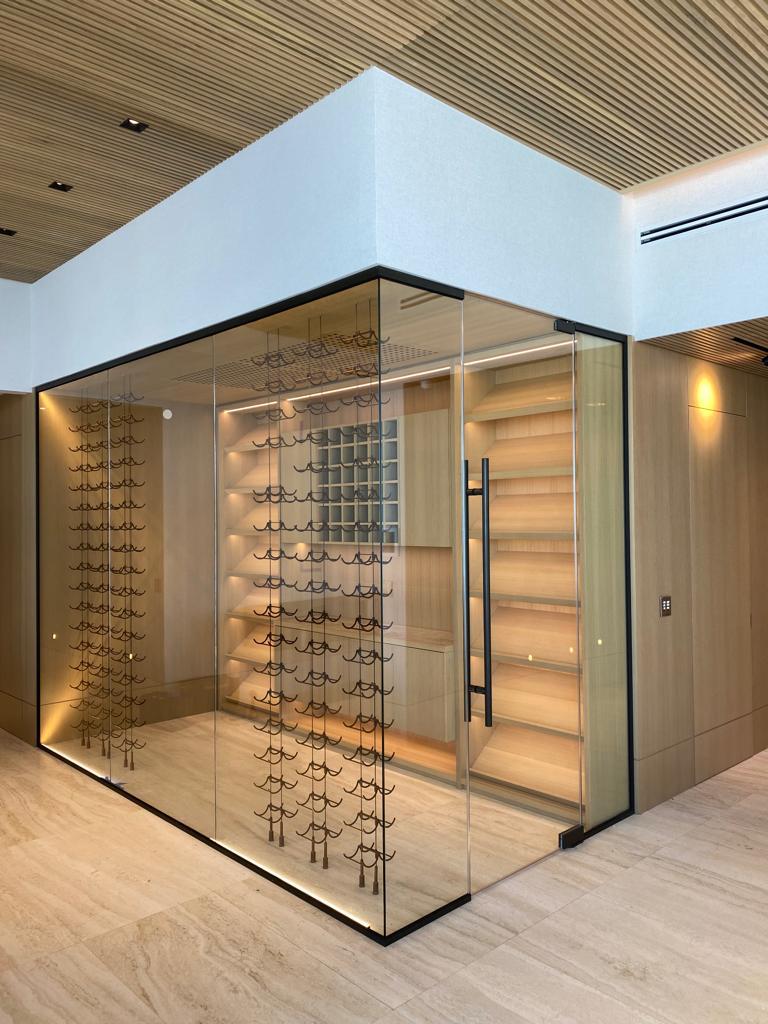Choosing the right glass for a residential property isn’t just an aesthetic decision—it’s also a technical and functional one. Like in South Florida, where weather conditions and building regulations directly impact project specifications, making an informed choice can mean the difference between a long-lasting installation and a potential liability.
If you’re a designer or subcontractor searching for the best glass for home, this guide offers essential criteria, recommended glass types, and turnkey solutions that you can implement with the support of specialized providers like RO Projects.
Why Is Choosing the Right Glass So Important?
Glass is a key component in any residential project. Beyond its role as a barrier or structural element, it directly influences:
- The home’s thermal performance
- The safety of its occupants
- Sound insulation
- Impact resistance
- The aesthetic and visual value of the design
In urban environments like South Florida, it must also comply with local building codes that require hurricane resistance and energy efficiency.
Key Factors to Consider
- Project Location
The best glass for South Florida must be able to withstand extreme conditions: UV rays, constant humidity, wind pressure, and possible impact from tropical storms. These factors demand specifications beyond standard glass. - Space Function
Choosing glass for a main façade, an interior enclosure, a terrace, or a bathroom are all very different tasks. Each space has its own thermal, acoustic, and visual requirements. - Local Building Codes
The Florida Building Code (FBC) sets strict rules for safety and structural resistance. Many municipalities require laminated impact glass even in residential settings. - Energy Efficiency
Low-E (low emissivity) or solar control glass can significantly reduce a home’s thermal load, improving HVAC system efficiency.
Recommended Glass Types for Projects in South Florida
Impact Laminated Glass
Ideal for windows, sliding doors, and facades. Its structure—two sheets of glass bonded by an interlayer (PVB)—makes it impact-resistant, protecting against break-ins and wind-borne debris.
Common Uses:
Tempered Glass
Four to five times stronger than standard glass. If it breaks, it shatters into small, blunt pieces, reducing the risk of injury.
Common Uses:
- Shower screens
- Interior enclosures
- Stairs and balconies

Low-E Glass (Low Emissivity)
Coated with a microscopic metal layer that reflects heat without reducing natural light. Perfect for lowering energy consumption.
Common Uses:
- Sun-facing windows
- Areas with high thermal exposure
Decorative or Textured Glass
Offers privacy and design without blocking natural light. Commonly used in bathrooms, offices, and interior residential partitions.
Also check out: How to Choose the Ideal Glass for Windows and Facades
How to Choose the Right Supplier
Selecting the R.O Projects also depends on the provider. It’s essential to work with companies that:
- Offer certified glass approved by the Florida Building Code
- Provide technical advice and on-site support
- Can customize cuts, finishes, and perforations
- Guarantee reliable delivery times
RO Projects meets all of these criteria, offering architectural glass solutions for both subcontractors and designers who seek versatility, regulatory compliance, and superior aesthetics.
Mistakes to Avoid
- Choosing based solely on price: The cheapest glass can lead to hidden future costs (repairs, poor insulation, code violations).
- Ignoring local codes: A design approved elsewhere may be rejected in South Florida inspections.
- Underestimating installation: Poor installation can negate the thermal or safety features of the glass.
Personalized Support with RO Projects
One of the main added values RO Projects provides is the ability to collaborate closely with design and construction teams, offering:
- CAD or BIM modeling
- Wind load simulation
- Selection of appropriate hardware and framing
- Certified professional installation
This allows subcontractors and designers to focus on project execution without worrying about technical glass specifications.
Conclusion
R.O Projects isn’t just what looks good—it’s what meets all technical, aesthetic, and safety standards required for demanding residential projects. As a designer or subcontractor, choosing the right type of glass and partnering with an expert provider like RO Projects allows you to deliver high-level, secure, and long-lasting results.
If you’re in the design, budgeting, or execution phase, contact RO Projects to discover all the glass solutions available to take your project to the next level.








